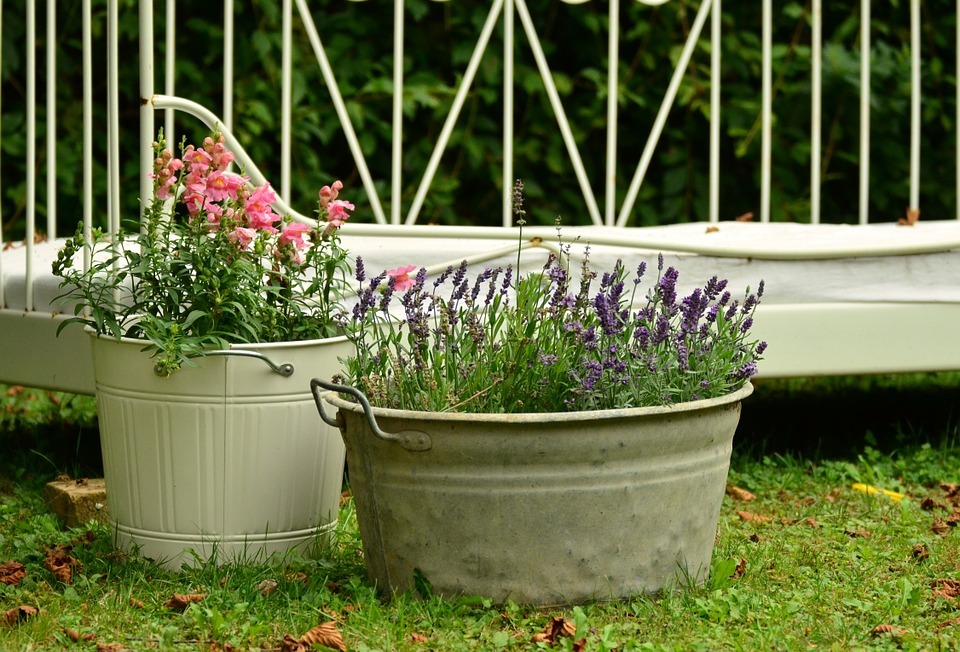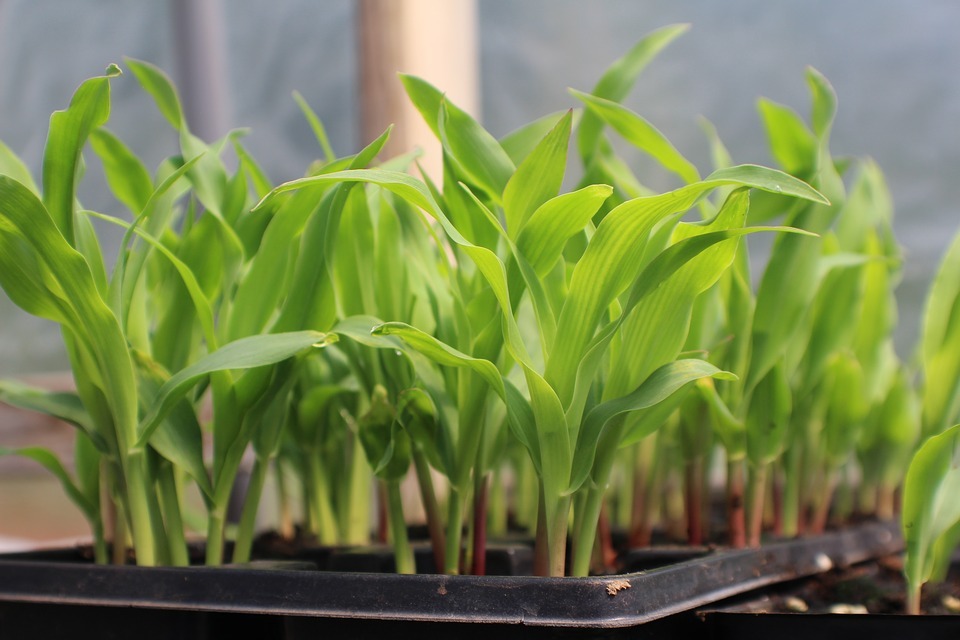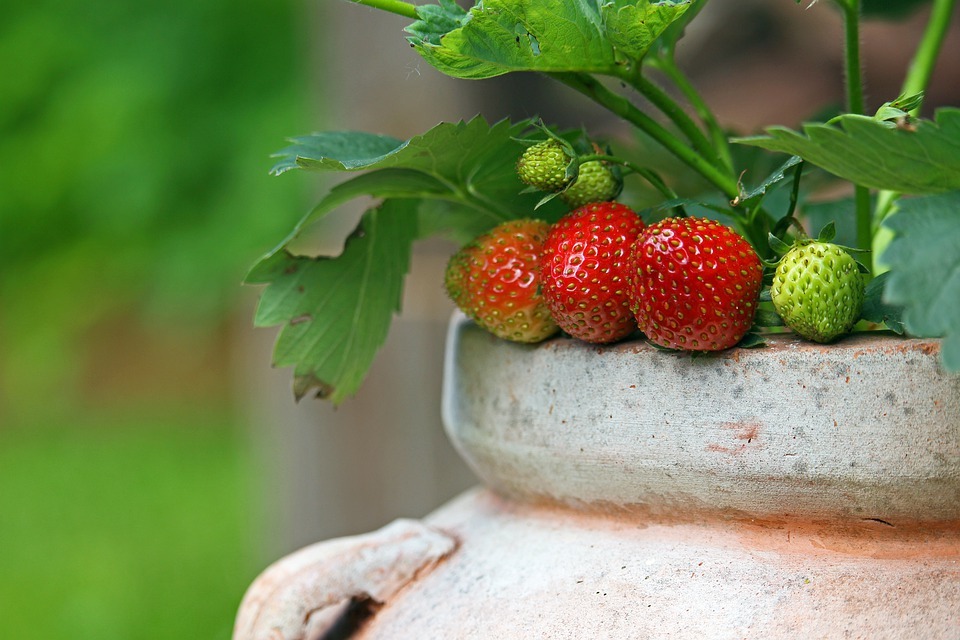From cultivating your own coffee plants so you can enjoy picking the fruits, drying them, and processing until you can enjoy sipping a cup of your coffee every morning to growing your own berries for fresh juicing – container gardening is one sustainable way of maintaining a healthy, practical, and economical living.
What container is ideal to use, and what is the best size?
When selecting containers, it’s important to identify which plants are you going to grow so that you can also determine what size of the container you are using. Ensure that the container is significantly bigger than the combined root balls of the plants you’re going to put inside them. There are many options to choose from, like a wooden container, ceramic containers, self-watering containers, or produce your DIY containers. Good drainage is one crucial factor that affects the growth of the plants; ensure that you have ample space for the roots of the plants, but not too many unfilled spaces as it retains too much water and encourages root rot. Larger plants require much larger pots. Barrels are used excellently.
Selecting soil
Although you can grow fruit trees and other plants in containers, vegetables are also commonly cultivated in containers, especially when you lack ground space for gardening or quality soil to grow them. When choosing a potting soil, prefer an all-purpose potting soil with perlite or vermiculite for good drainage. Peat moss, bark, or compost provide organic matter which holds moisture.
If you want to have healthy-growing vegetables, use a high-quality potting mixture and not use garden soil because they will be compacted in the containers, thus causing problems with proper drainage. Also, when you use or garden soil, you might be some importing problems in your containers.
Fertilize your plants
Some soil has mixed in fertilizer but using plain soil mixture adds some fertilizer to your container plants depending on their needs. Application of fertilizer depends on the variety of plants that you grow and based on the recommended level and application indicated on the label. However, there are plant growers that use organic fertilizers like animal wastes. Usually, fertilizers are applied twice a month.
Selecting plants
There are countless plant species that you can grow in containers. You can choose a few varieties, but it is better to just focus on growing plants in the same group; for example, you just focus either on vegetables, fruit trees, or flowers. However, if you want to plant a mixture of the plant from different groups, mix plants with different shapes, including the spiky (usually in the center, often called Thrillers), mounding plants to fill in (fillers), and trailing plants(spillers) that cascade over the sides. Use a variety of leaf colors and textures too.
Choosing Seeds or Seedlings
Container plants can either be planted from seeds or seedlings. Planting your own seeds is much less expensive than buying seedlings, and some rare varieties can be organically grown. However, planting using seeds is also risky because they require 12 to 16 hours of light per day and good ventilation to grow healthy and strong. Too much sunlight can cause seeds to dry out. Conversely, giving them too much water, they’ll also die. To avoid this problem, you can make a self-watering seed starter.
Plant good neighbors
We like nice neighbors and our plants too! When choosing plants for container gardening, make sure that plant varieties will play well together. Planting varieties of plants in one container are very challenging. If you combine plants with different needs, some of them will not thrive. For example, if you have a plant that requires full sun, you want all the plants you choose for that pot to require full sun. But when you use plants that require the same amount of light and moisture, they will just grow well together.
Know where to place your containers
Place containers to the area where it can receive enough sunlight, good ventilation, and free from pests or other physical factors that can hinder their growth and survival.
To figure out how much direct light your container will receive, place it where you want it and then time how long the sun hits it. You can also use a sun calculator to determine your sunlight.
Once you have started your container gardening, expect to attract bees to your place and you can also contribute to a sustainable, healthy and fun living.




